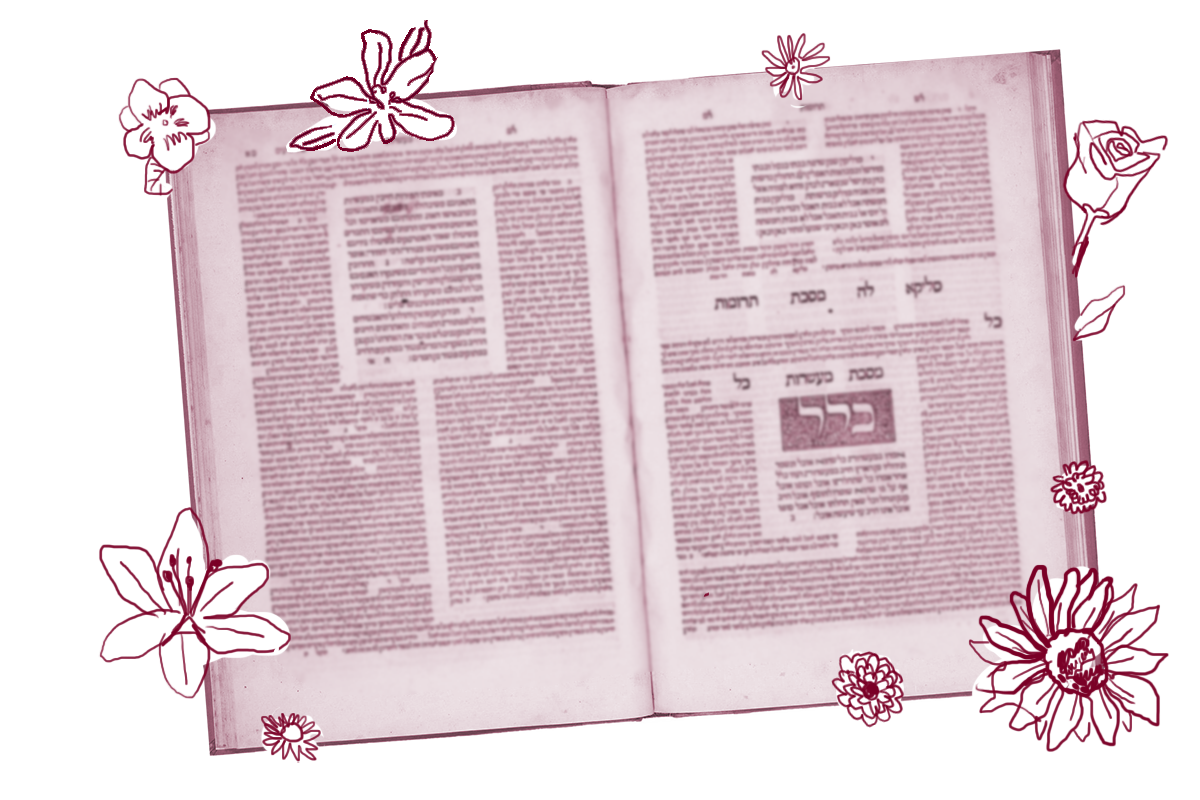Today we finally turn to the last sentence of the opening mishnah of this tractate, which explains what the four primary categories of damage we’ve been parsing for pages have in common:
The common denominator of these is that it is their typical manner to cause damage, and their safeguarding is upon you. And when it causes damage, the one that caused the damage is obligated to pay for damage with best-quality land.
The ox, the pit, the maveh, and the fire are all innately destructive and so, in the event they cause harm, require whoever is responsible for them to pay damages. But on today’s daf, the rabbis ask: and so?
The common denominator — to add what?

Help us keep Jewish knowledge accessible to millions of people around the world.
Your donation to My Jewish Learning fuels endless journeys of Jewish discovery. With your help, My Jewish Learning can continue to provide nonstop opportunities for learning, connection and growth.
If the point is to be able to identify the primary categories of damage, and how they apply in different situations, why are we bothering to name a common denominator? What does this sentence add to our ability to offer legal rulings in the case of harm?
The Gemara today offers us four answers by named rabbis, and interrogates each:
Abaye said: To add that one is liable in a case of his stone, his knife, or his load, where he placed them on top of his roof, and they fell by means of a common wind and caused damage.
Something heavy is considered innately harmful, and so requires one who places it on a roof to be extra careful. If it falls, it is moving property and the damage it causes is filed under the category of fire.
Rava said: To add pit where an object is rolled by the feet of a person or the hooves of an animal.
According to the medieval commentator Rashi, Rava’s statement is describing someone who placed an object in the public domain somewhere it would not cause damage, but a passerby unintentionally kicked it somewhere it would cause harm. For Rava, the statement about the common denominator comes to teach that this specific case is covered by the larger category of pit.
Next Rav Adda bar Ahava suggests that this last sentence comes to teach us about the laws of drainage.
To add this case that is taught: All those who, as stated, open their gutters and flush out their caves — during the summer they do not have permission, during the rainy season they have permission. Although with permission, if they cause damage they are liable to pay.
Even if you do something that is permitted — at least sometimes — if your actions cause harm, you are still liable. Finally, Ravina adds a fourth possibility:
Ravina said: To add this that we learned: A wall or a tree that fell into the public domain and caused damage, one is exempt from paying. If he had been allotted time to chop down the tree or to demolish the wall, and it fell within the time and caused damage, he is exempt. After the time, he is liable.
For Ravina, this phrase comes to teach that if the court had determined there was no immediate danger from a leaning tree for a set period of time, then its owner is not liable for damage caused in that interval.
Though we can’t explore the discussion more fully here, the daf analyzes each of these positions and narrows each of the named rabbis’ statements to even more specific cases and categories.
For now, let’s take a step back and reflect on what the Talmud is doing. We are used to seeing the rabbis assume that every word and phrase in the Torah comes to teach something new. That assumption speaks to the holiness and depth that they believed were contained in the Written Torah.
Here we see this same assumption — that every sentence must be offering a unique insight which we are called to discover — applies to a text from the Mishnah! And while this isn’t the first time that we’ve seen this move, it’s a powerful reminder that in learning the daf, we are exploring not only the rabbinic tradition, but also how the rabbinic tradition became tradition, how earlier rabbinic texts start to get treated like Torah, and how the Oral Torah takes on the status that it continues to have within normative Judaism.
Read all of Bava Kamma 6 on Sefaria.
This piece originally appeared in a My Jewish Learning Daf Yomi email newsletter sent on November 8th, 2023. If you are interested in receiving the newsletter, sign up here.



